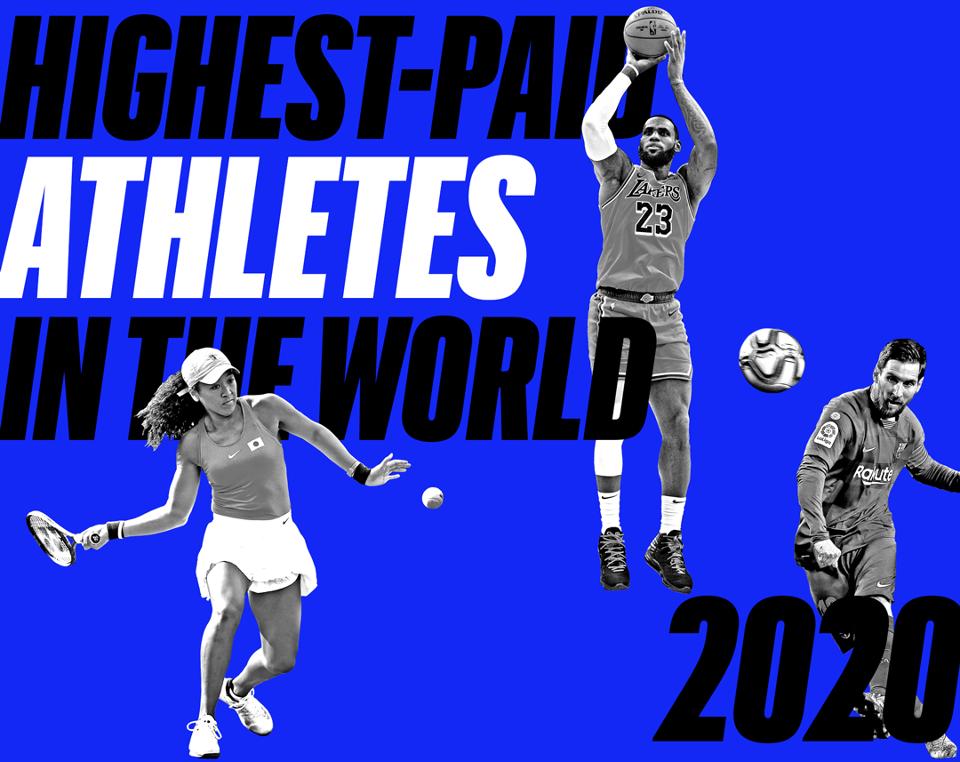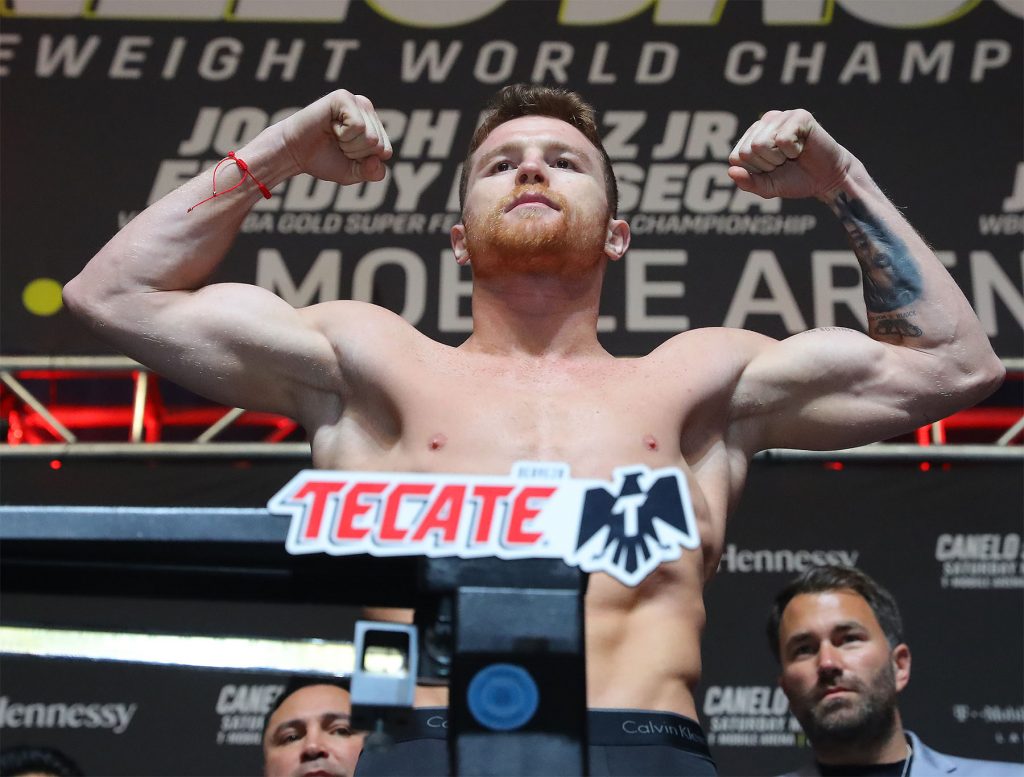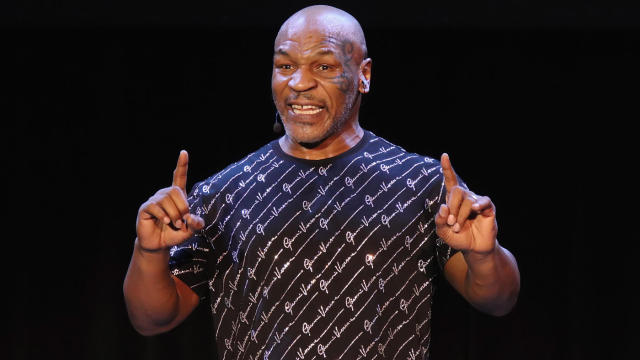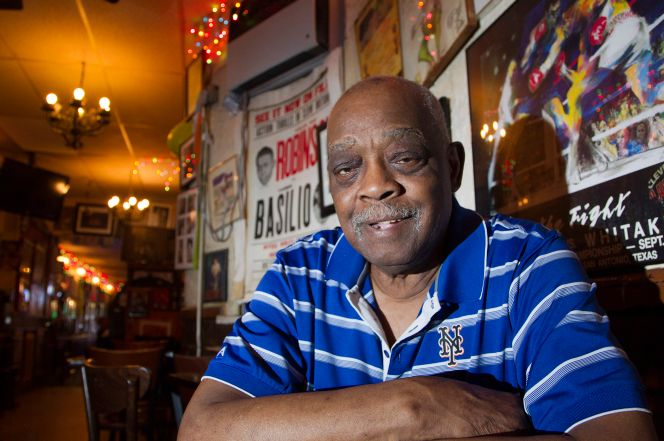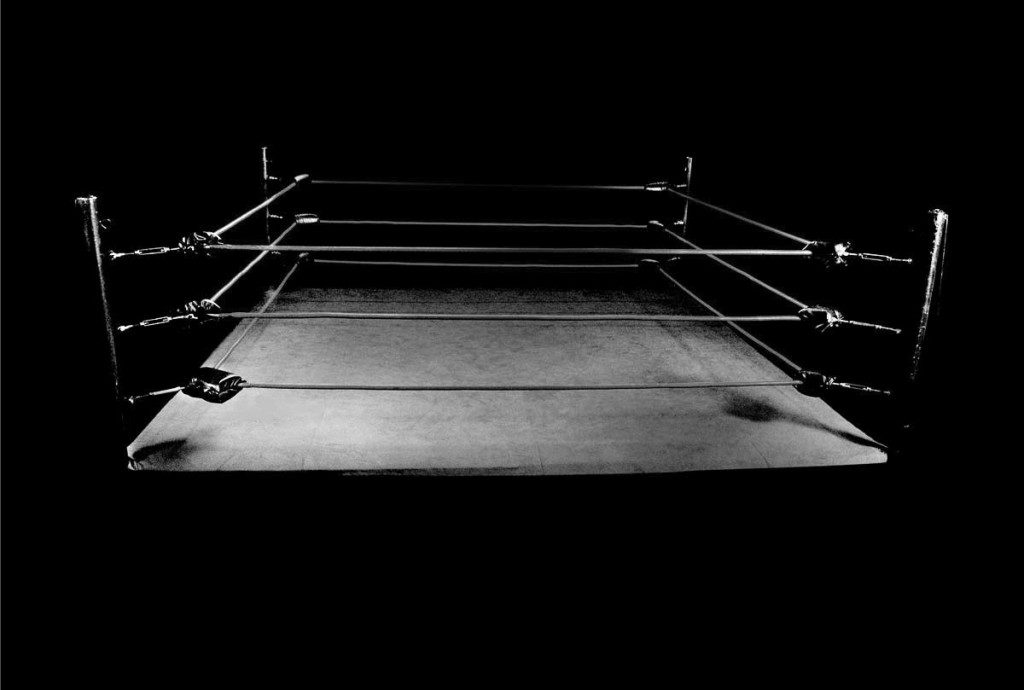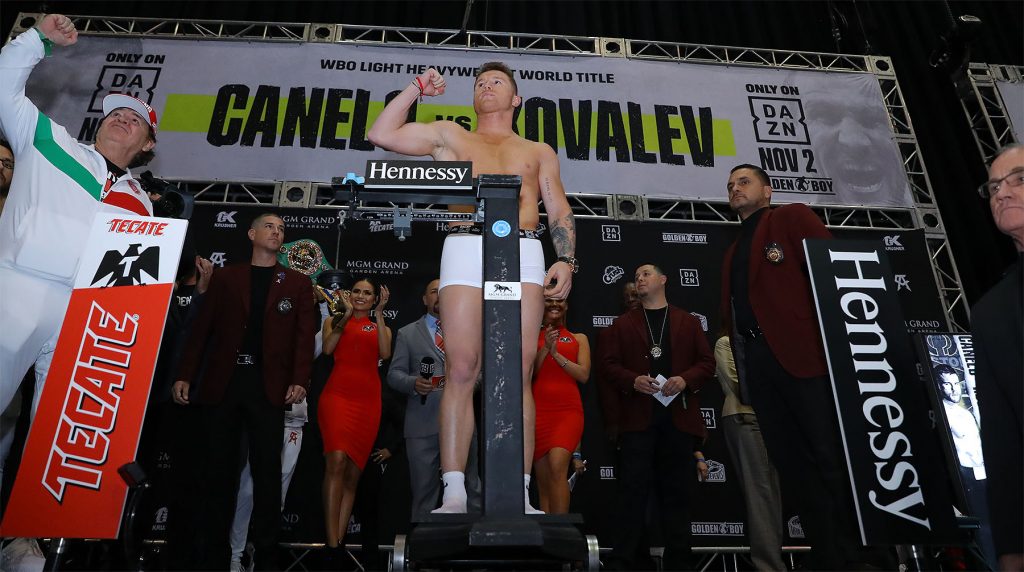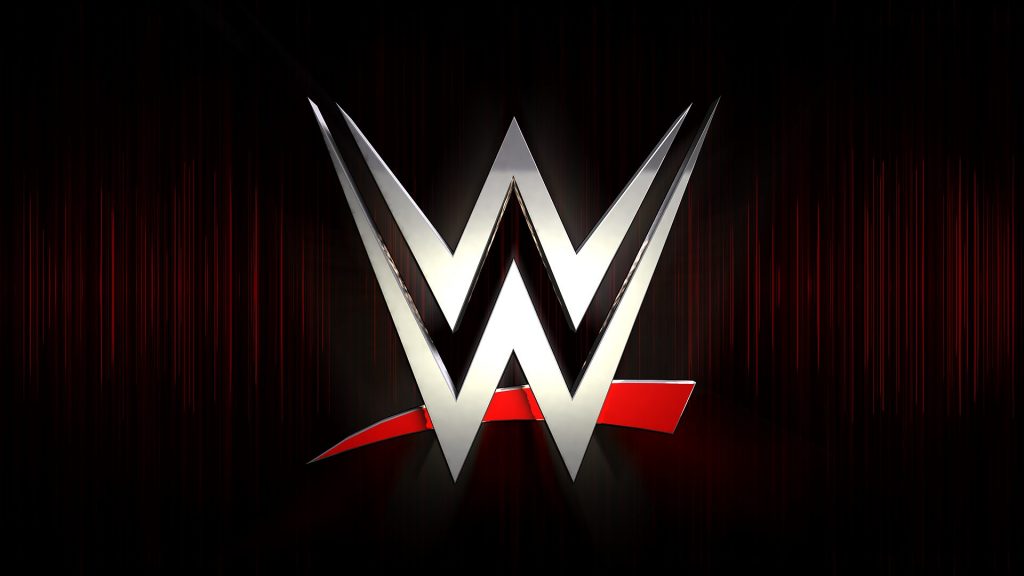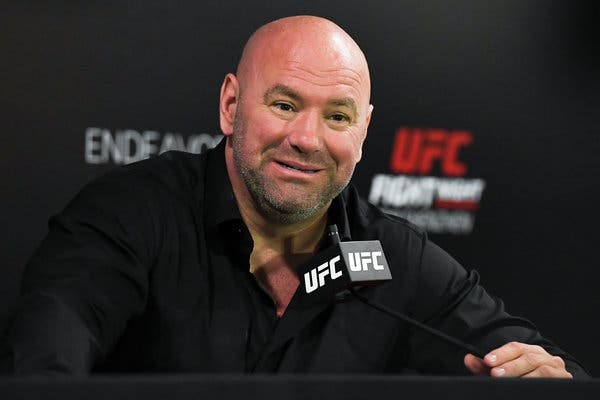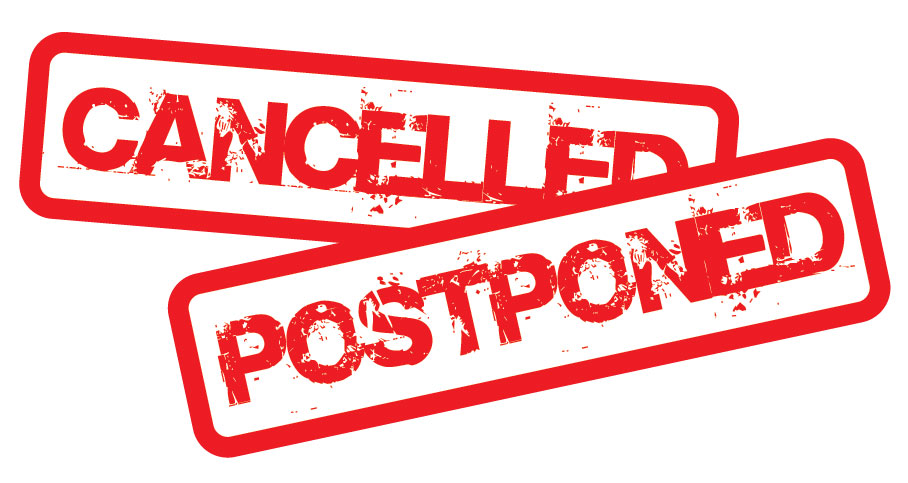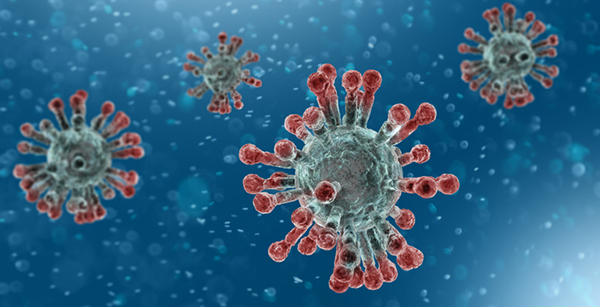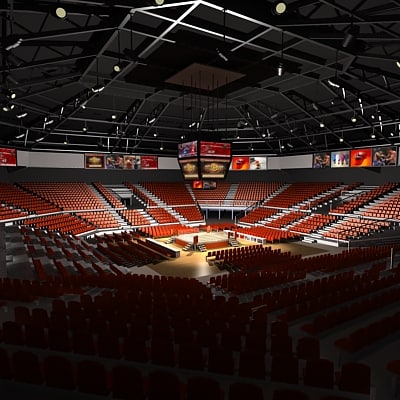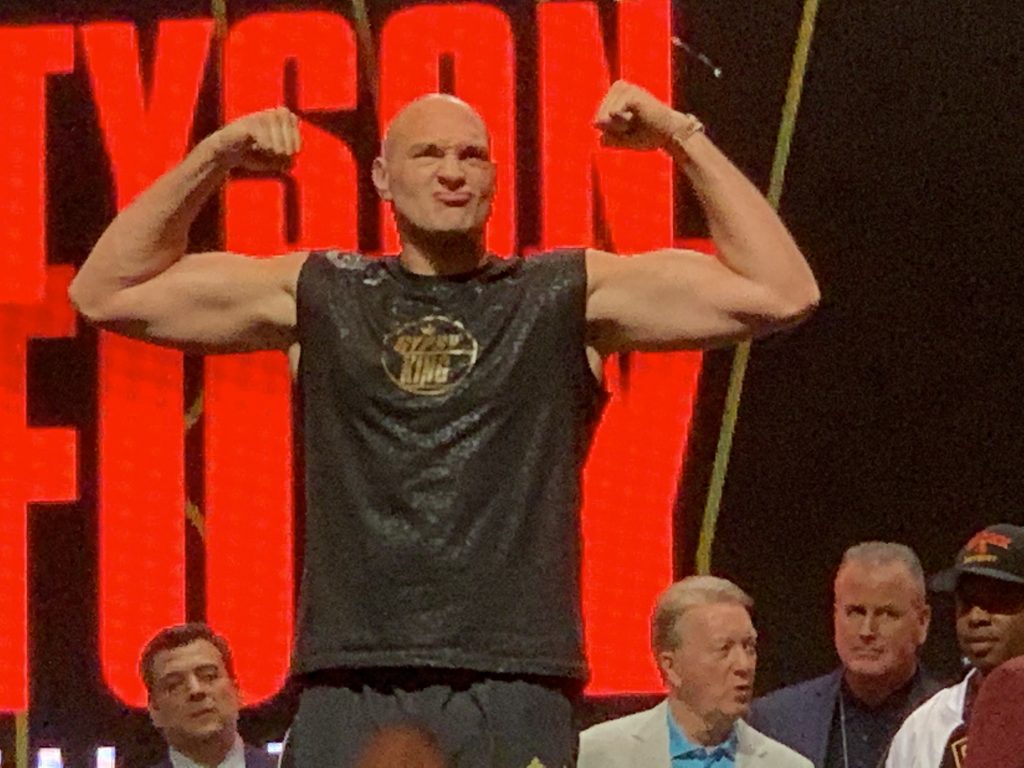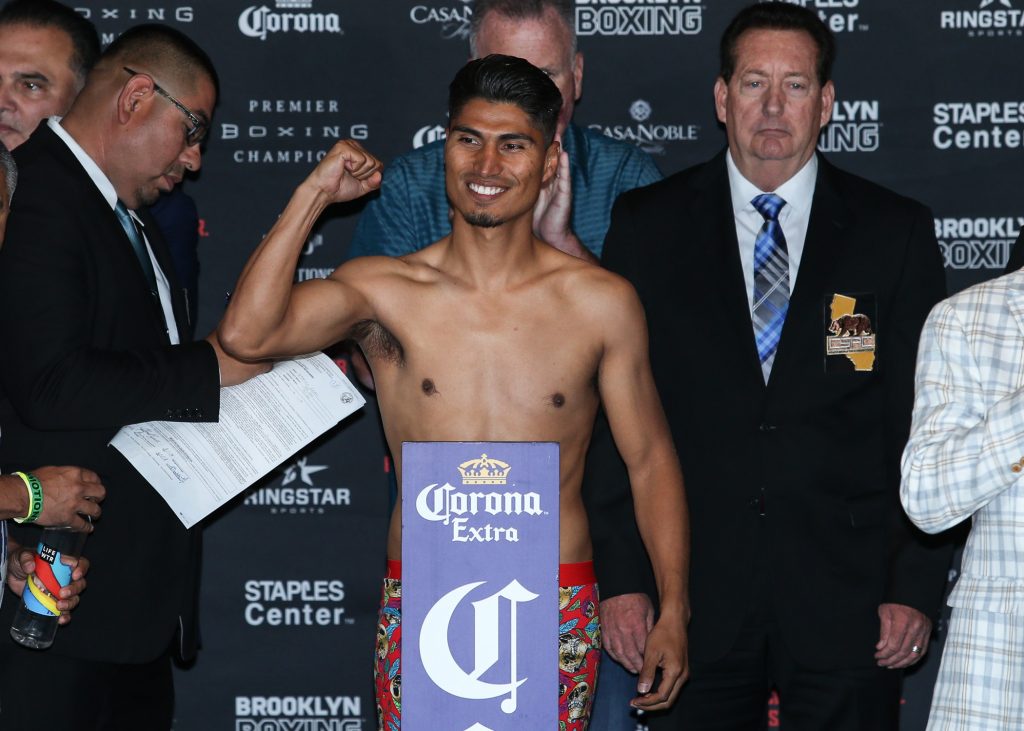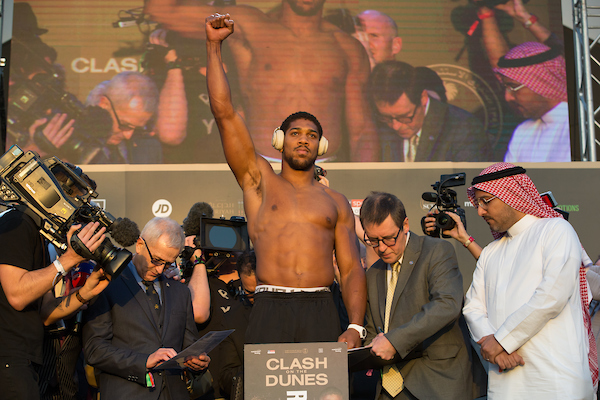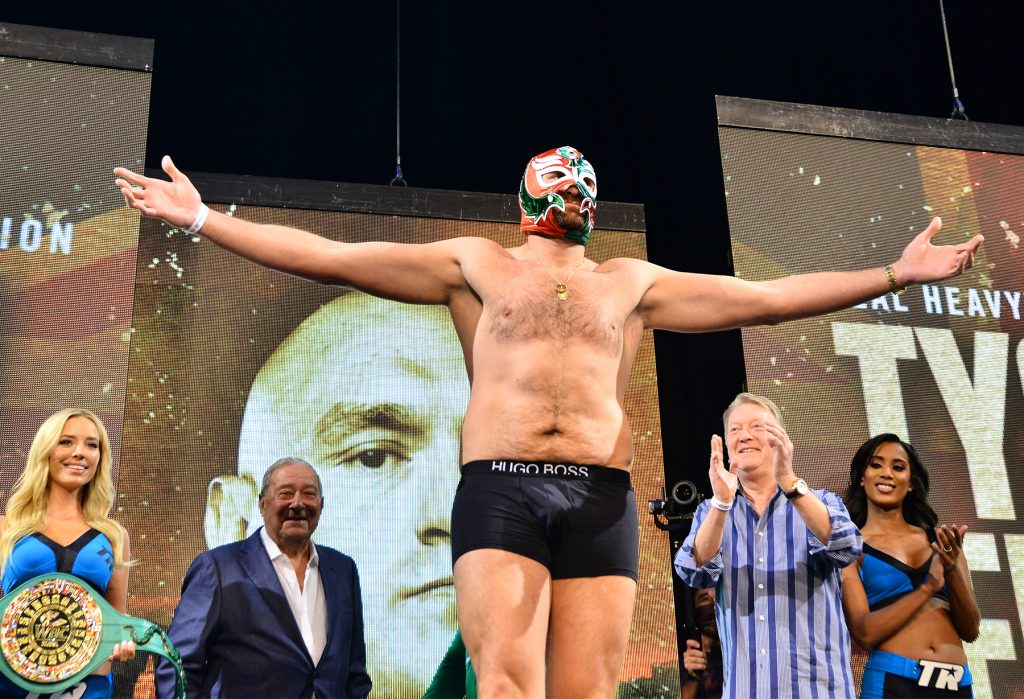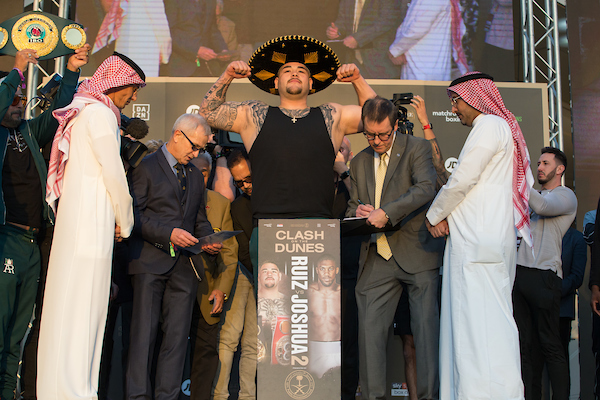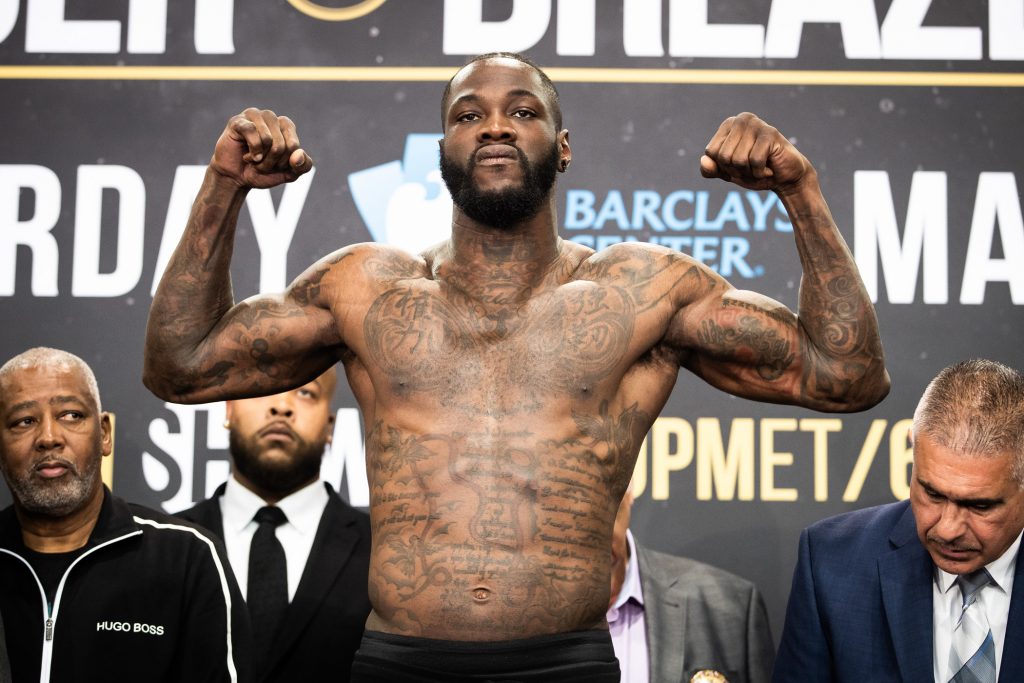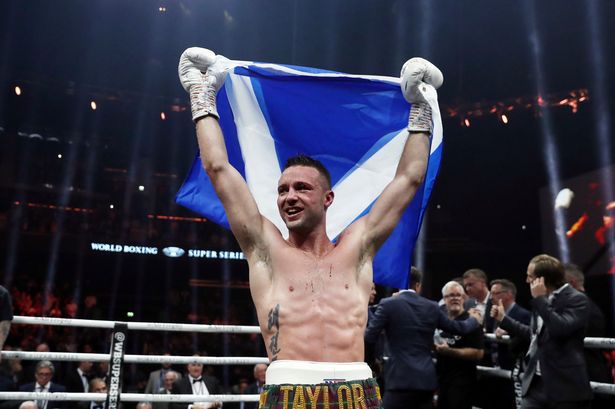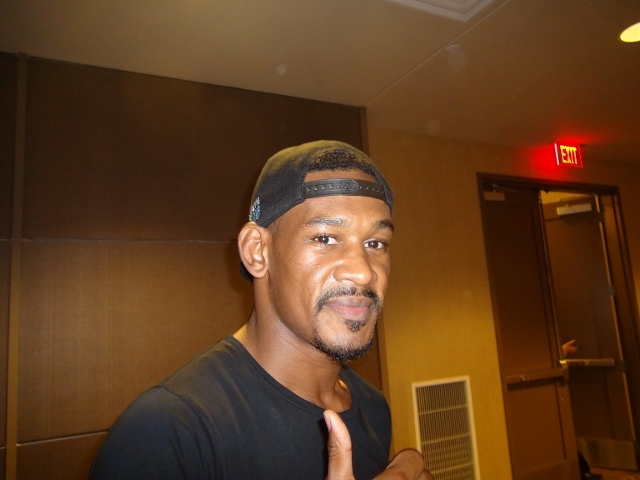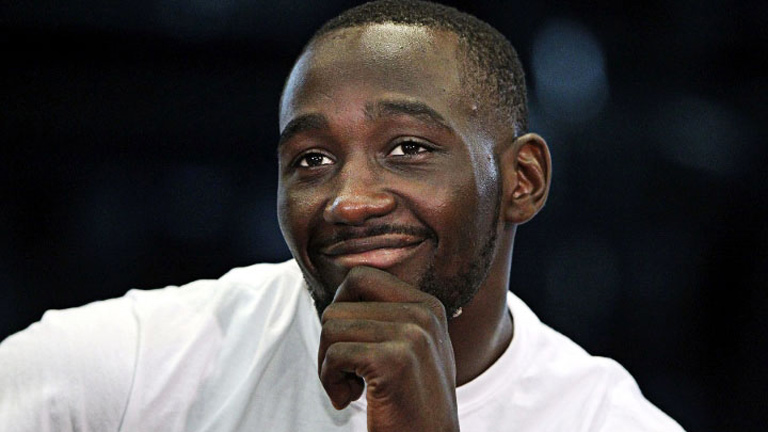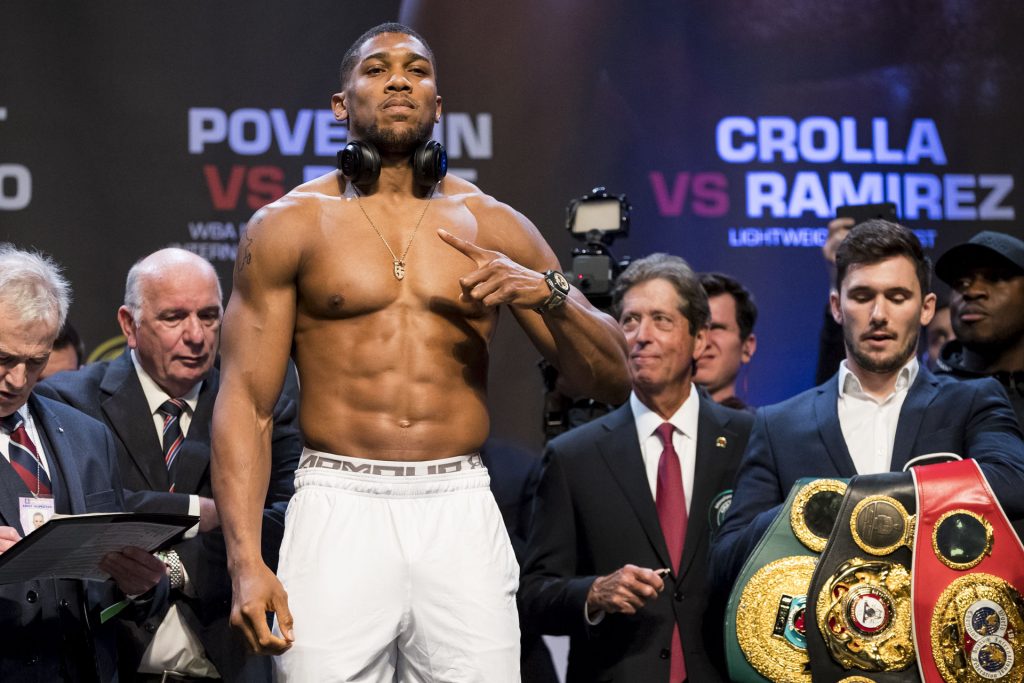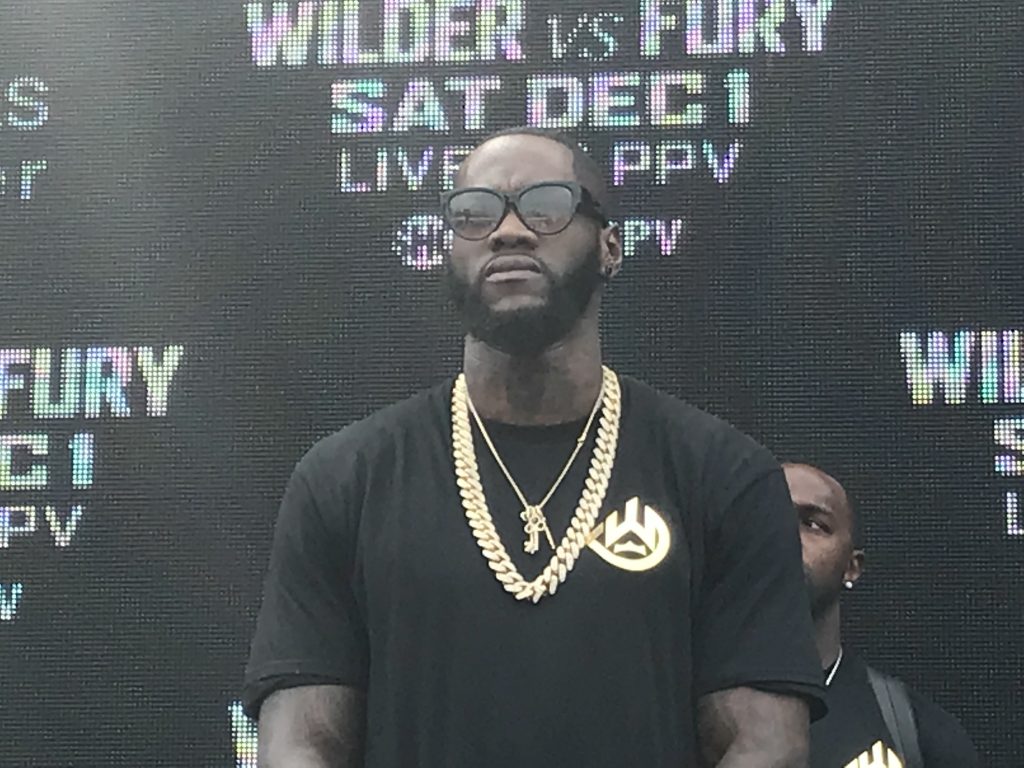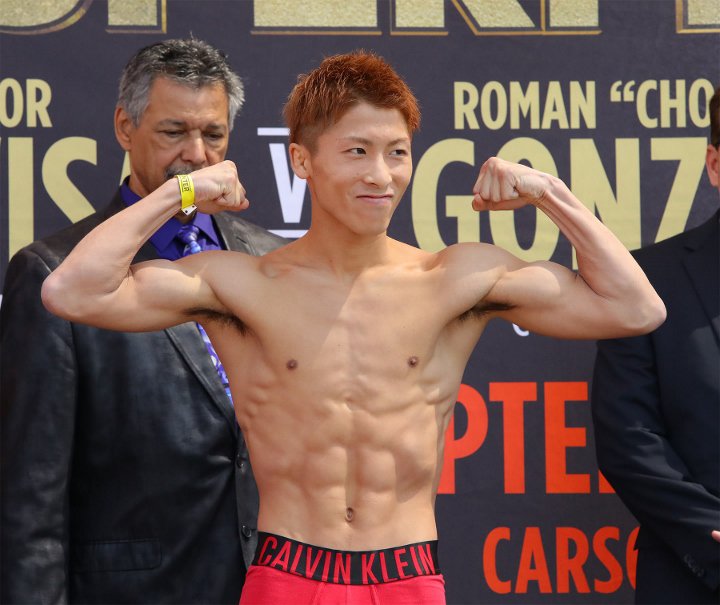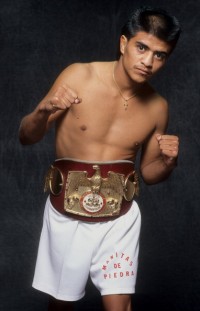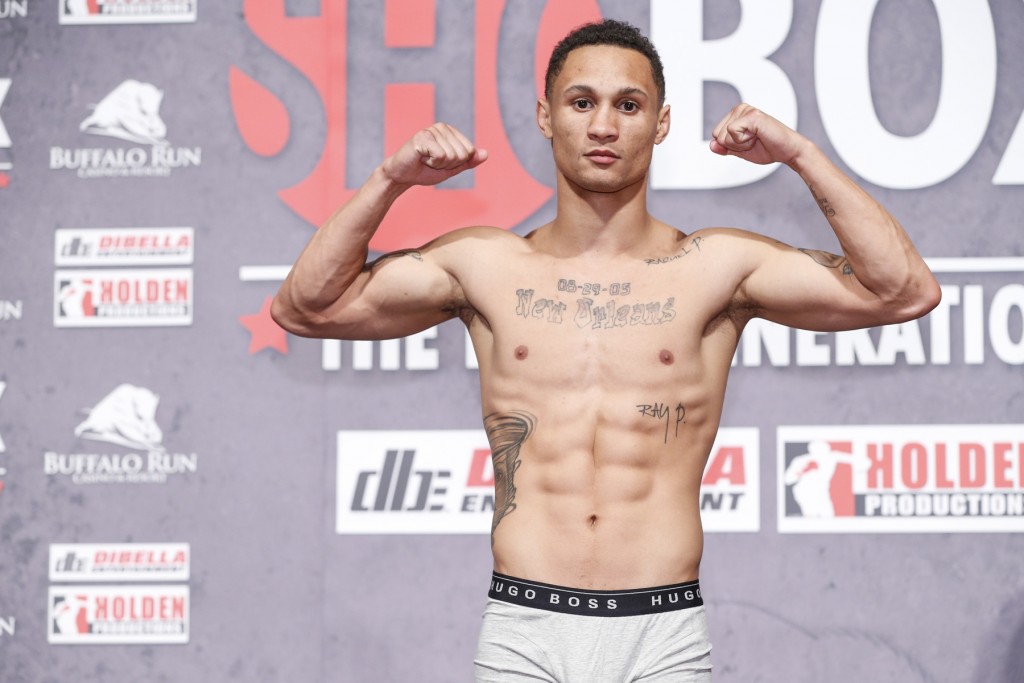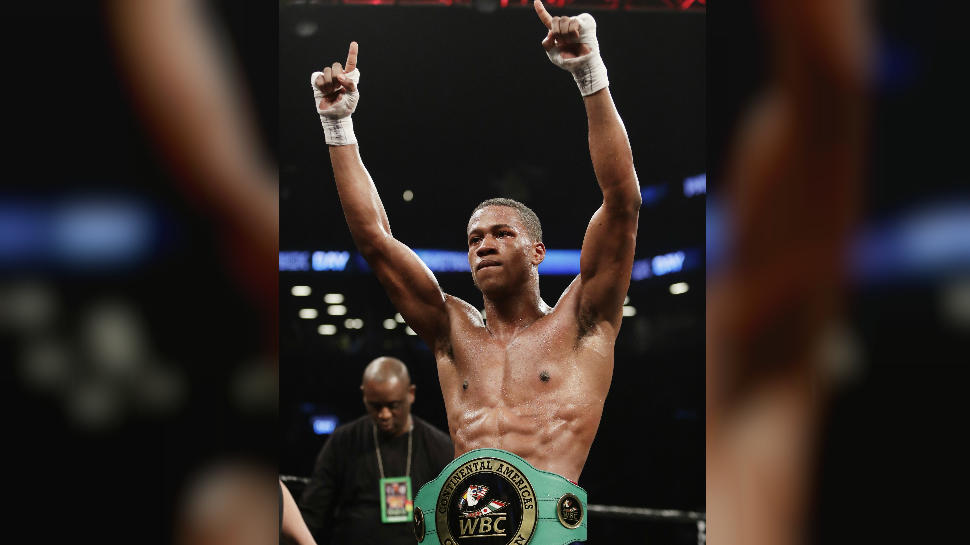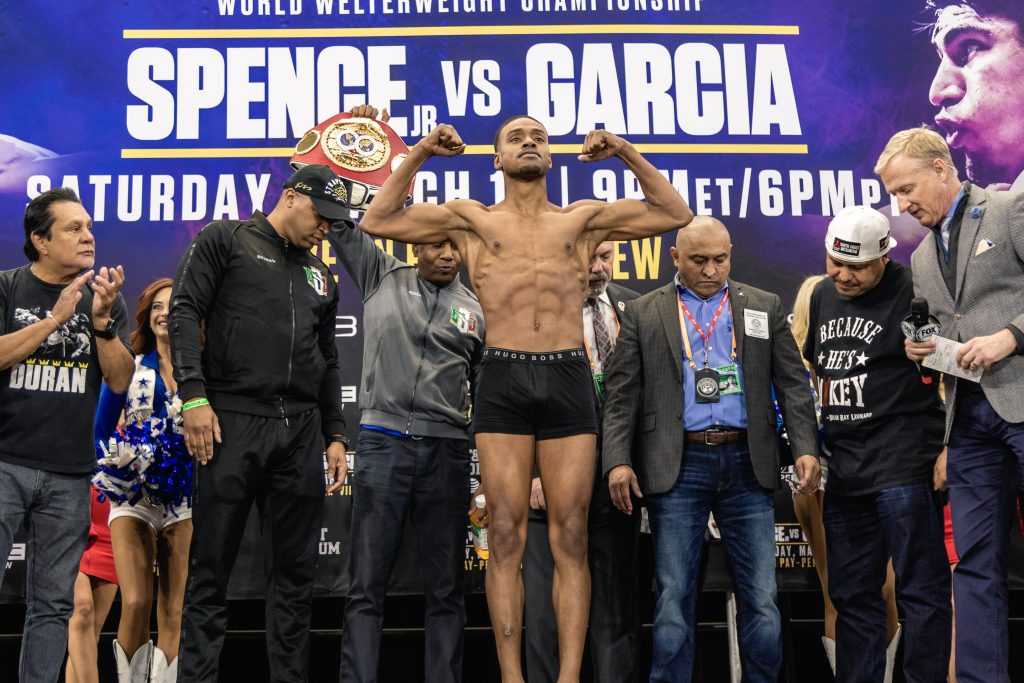First Round: Top Rank launches its post-pandemic plan

By Norm Frauenheim-
Top Rank is poised to hit the re-set button next week, mid-week, with live telecasts, the first in about three months, which is only a short season on a calendar that has been stripped of its ordinary reliability by the extraordinary.
Spring turns to summer no matter what, but it’s hard to know whether a long-awaited succession of opening bells continues to ring into autumn and winter with something that sounds like business-as-usual.
We’ll begin to find out, first Tuesday with featherweight champion Shakur Stevenson (13-0, 7 KOs) in a 130-pound bout against Puerto Rican Felix Caraballo (13-1-2, 9 KOs) and again Thursday with former 122-pound champion Jessie Magdaleno (27-1, 18 KOs) against Dominican Yenifel Vicente (36-4-2, 28 KOs in a featherweight bout, both on ESPN and both in a ballroom at Las Vegas’ MGM Grand Convention Center.
They are ordinary fights anytime other than now. The pandemic makes them extraordinary for what is known and unknown. Empty seats are the only sure thing.
Fans won’t be there.
Media won’t be.
Maybe, COVID-19 won’t be, either. That’s the idea, yet that’s all it is in what is essentially a couple of test runs in boxing’s first concerted attempt since the ring lights went dark in late March.
“This is something that nobody, at least from our end, has experience with,’’ Top Rank’s Bob Arum said Thursday during a conference call that included Stevenson and Caraballo. “It’s really been a work in progress, and it continues to be a work in progress.
“Imagine, as guys come into Vegas, they got to go into what is a bubble.
They’ve got to be escorted to a place where they can shake out, train. There’s a place to eat. We have a special dining room set up in the convention center. All of this is something we’re not used to. We’re not starting out with title fights. But maybe in a few weeks, we’ll start doing some title fights.
“There are issues with the organization. So, it’s not easy. We’re doing it one step at a time.’’
Arum has divided the comeback into phases, much like state governments are doing with the plan to re-open restaurants and businesses. This week, Phase One, is just an attempt to see what works. What doesn’t.
Phase Two would include a mix of second-tier title fights and perhaps a measured return of ringside media. Along the way, fans would be brought back, first in limited seating and then until all the seats can be filled without fear of a widespread infection of the dangerous virus.
Underlining it all is testing. Test before training. Before dinner. Test, test, test at all times. Arum estimated testing for each card costs more than $25,000.
“Just for testing,’’ Arum said. “Plus, the rooms, special security, the meals. This is a very, very large undertaking. But, obviously, we’ve get to get it done. We’ll probably be doing this for three months – June, then July and probably August.
“Hopefully by September, we’ll get back to doing events with spectators in a limited capacity.
“Then, hopefully by the end of the year, we’ll be doing events with virtually full capacity.’’
If it all works, then maybe – just maybe – boxing will be back to what it was by year’s end or early 2021. That would mean Tyson Fury-Deontay Wilder 3 and perhaps a third fight between Canelo Alvarez and Gennadiy Golovkin. All kinds of intriguing fights have been speculated. Terence Crawford-Manny Pacquiao has even been mentioned.
But it all depends on what begins to happen next Tuesday and Thursday. It is the logistical origin of a potential template that could guide a sport as old as any back to its future or send it down a path to its place in a post-pandemic era.
